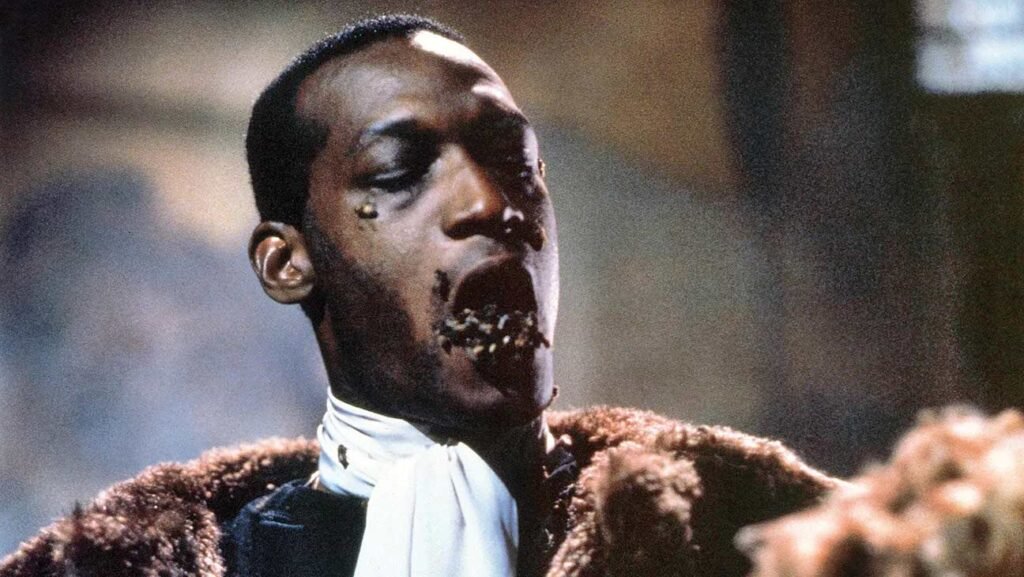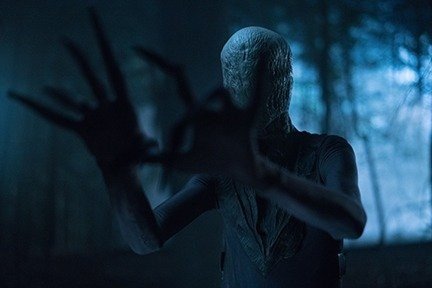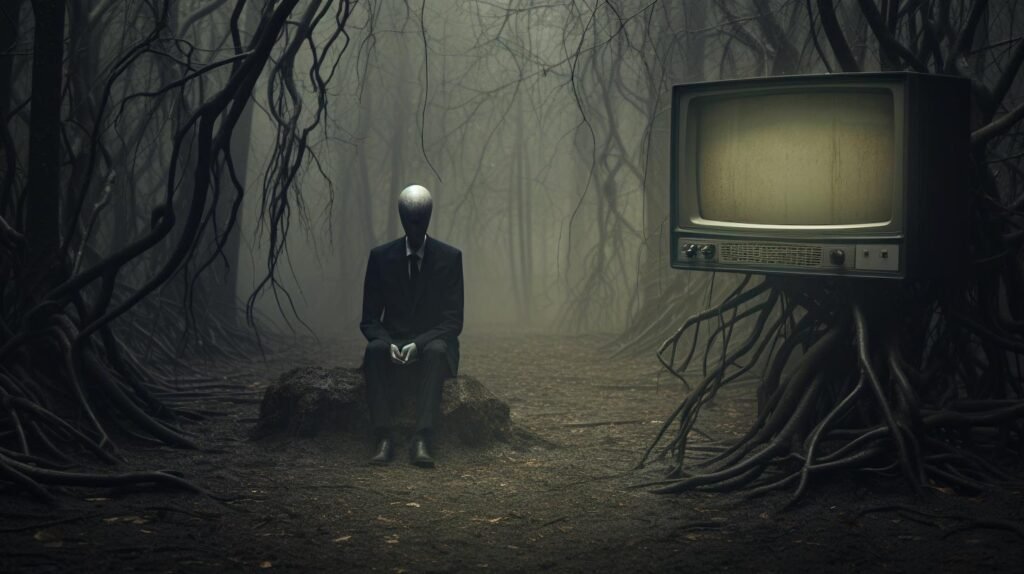Urban legends, those enigmatic tales that often straddle the line between fact and fiction, have long held a dark fascination for fans of horror. Therefore, these stories, which are often accompanied by scant evidence, are ideal material for creating spine-tingling movies. Some films successfully capture the unsettling essence of these legends, while others fall short. In this exploration, we’ll dive deeper into these legends and the movies that have brought them to life, sending shivers down our spines.
Halloween: Michael Myers and the Killer in the Backseat

John Carpenter’s “Halloween” is nothing short of an iconic masterpiece of horror cinema. The movie introduces us to the relentless and emotionless masked killer, Michael Myers. His sinister pursuit of victims, often with Carpenter’s chilling score, makes him a top horror villain.
One of the most spine-chilling moments in “Halloween” draws inspiration from the infamous “Killer in the Backseat” urban legend. In this legend, a woman drives home alone at night. She’s unaware of the evil hiding in her backseat. The tension builds as she becomes increasingly aware of the danger, culminating in a heart-pounding confrontation. Michael Myers‘ attack on Annie Brackett bears a striking resemblance to this urban legend, as he waits silently in the backseat before launching his brutal assault.
In the legend, the victim’s desperate attempts to escape eerily parallel Annie’s frantic drive to safety. Moreover, the flashing headlights add another layer of tension, while the relentless pursuit on a desolate highway amplifies the atmosphere of dread. Consequently, this harrowing sequence exemplifies how urban legends can be skillfully integrated into the very fabric of horror cinema, thereby heightening the overall sense of fear.
Candyman: The Merging of Urban Legends

Nia DaCosta’s 2021 release of “Candyman” marks the return of an iconic character, a spiritual sequel to the 1992 original that explored the haunting tales surrounding the Candyman. Rooted in Clive Barker’s short story, “The Forbidden,” this film relocates the horrors from a Liverpool council estate to the housing projects of Chicago.
The brilliance of both “Candyman” films lies in their ability to interweave “real” urban legends into a captivating narrative. The Candyman himself is a fusion of elements from different legends, including elements of “Bloody Mary” (a ghost summoned by chanting her name in front of a mirror) and “The Hook” (a hook-handed murderer). These iconic elements, combined with classic horror motifs, have elevated the Candyman into a horror icon in his own right.
The fluidity and adaptability of urban legends are characteristics that make them particularly intriguing. Urban legends, similarly to Candyman, often have multiple versions, lacking a single definitive story. As a result, this variation can be attributed to different locales, populations, and shifts over time. The story of “Bloody Mary” is a prime example, with numerous interpretations and adaptations across the globe. Similarly, the Candyman legend undergoes variations in the new film, echoing the evolving nature of urban legends themselves.
When a Stranger Calls: The Babysitter’s Nightmare
“When A Stranger Calls” introduces us to Jill, a babysitter who becomes the target of relentless harassment by an anonymous caller. The revelation that the calls come from inside the house, adds lasting terror even after the credits.
This cinematic nightmare draws inspiration from the timeless urban legend of the babysitter and the man upstairs. The legend tells the harrowing tale of a babysitter receiving unnerving phone calls, all centered around checking on the children she’s entrusted to watch. As the calls intensify, the revelation that the caller is within the house itself sends shock waves of fear.
The urban legend’s influence on the film is evident, particularly in its gripping opening sequence. In those first 20 minutes, the movie masterfully captures the essence of the legend. However, some viewers may argue that the subsequent 60 to 70 minutes deviate from the suspenseful tone established initially.
This enduring legend’s influence extends beyond “When A Stranger Calls.” It served as the catalyst for the creation of the short film “The Sitter”. Filmmakers Fred Walton and Steve Feke crafted this short film over three days, even though it didn’t gain immediate popularity. However, their persistence paid off, leading to the green light for a full-length feature film. The urban legend continues to live on, firmly embedded in horror history.
Slenderman: The Dark Side of Internet Lore

“Slender Man” took a disturbing real-world turn when two 12-year-old girls tried to murder their friend to prove loyalty to the faceless Internet legend. This shocking incident cast a spotlight on the unsettling power of myths, even the ones created online.
Born and bred on the internet, “Slender Man” emerged from the creative genius of Eric Knudsen, also known as Victor Surge, in 2009. It began as a submission to a Photoshop contest on The Something Awful forums. Knudsen’s creation introduced a thin, faceless entity with elongated limbs and a penchant for stalking and tormenting children.
The legend of Slender Man quickly spread across various online forums, alternate reality games, wiki pages, and YouTube videos. This unsettling figure inflicted a condition known as the “Slender sickness” on its victims, causing paranoia, nosebleeds, and nightmares. The culmination of these horrors often led to children being taken into the woods to meet a gruesome fate.
The malleability of urban legends is evident in the multiple versions of Slender Man’s story presented online. Similar to other urban legends, there is no one definitive narrative. Instead, the legend morphs and adapts to fit different locations, populations, and folklore. In some regions, legends like the Bell Witch or La Llorona have merged with the Slender Man myth to create a uniquely chilling narrative.
This unsettling figure’s influence reached such heights that it transcended the realm of online lore to become a full-fledged horror movie in 2018. Slender Man’s presence in pop culture is undeniable, with some individuals even choosing to adopt his sinister persona for Halloween.
In conclusion, the world of horror cinema has found a wellspring of inspiration in urban legends. These tales, born from the collective imagination, provide a rich tapestry for filmmakers to explore and exploit. As these legends continue to evolve and adapt, they serve as a reminder that the border between reality and the supernatural is thinner than we may dare to imagine. The movies that draw from these legends bring our deepest fears to life, ensuring their place in our collective nightmares.
Ready for another plot-twisted journey? Time to check out 8 Horror Games Based on Shocking True Stories.

